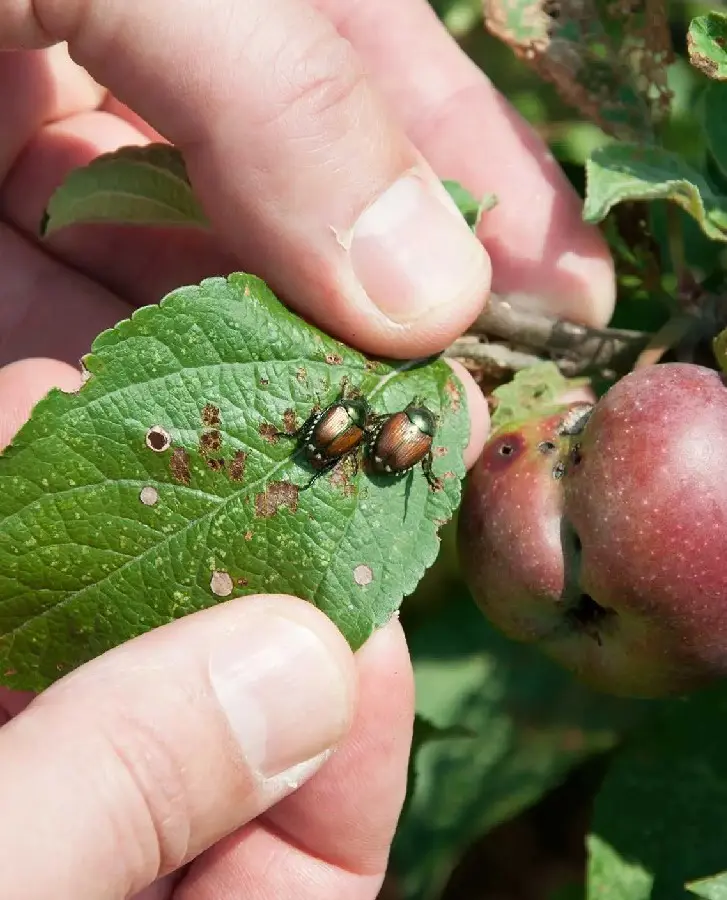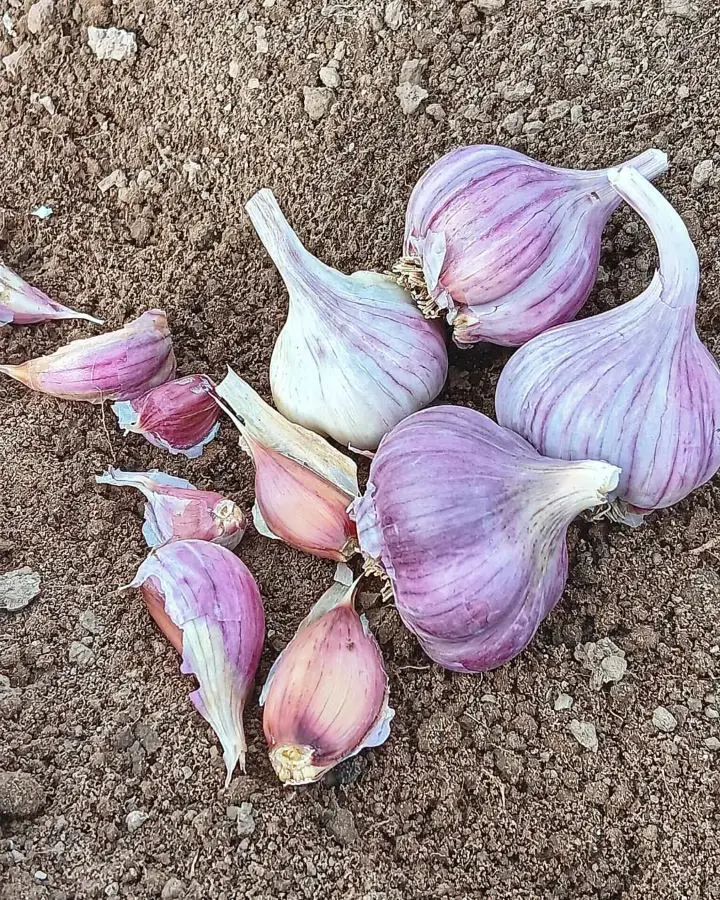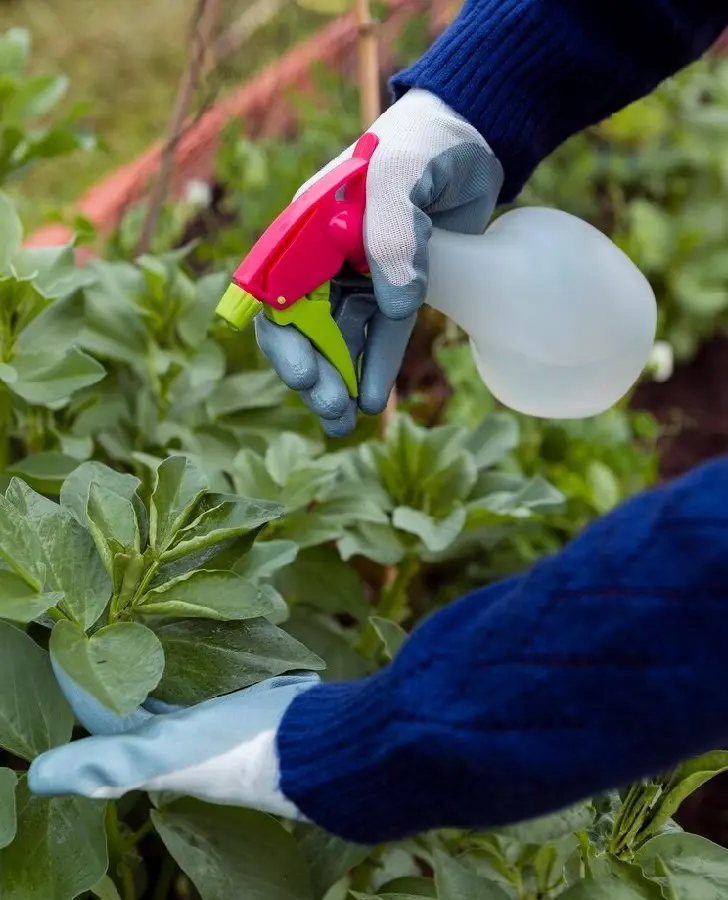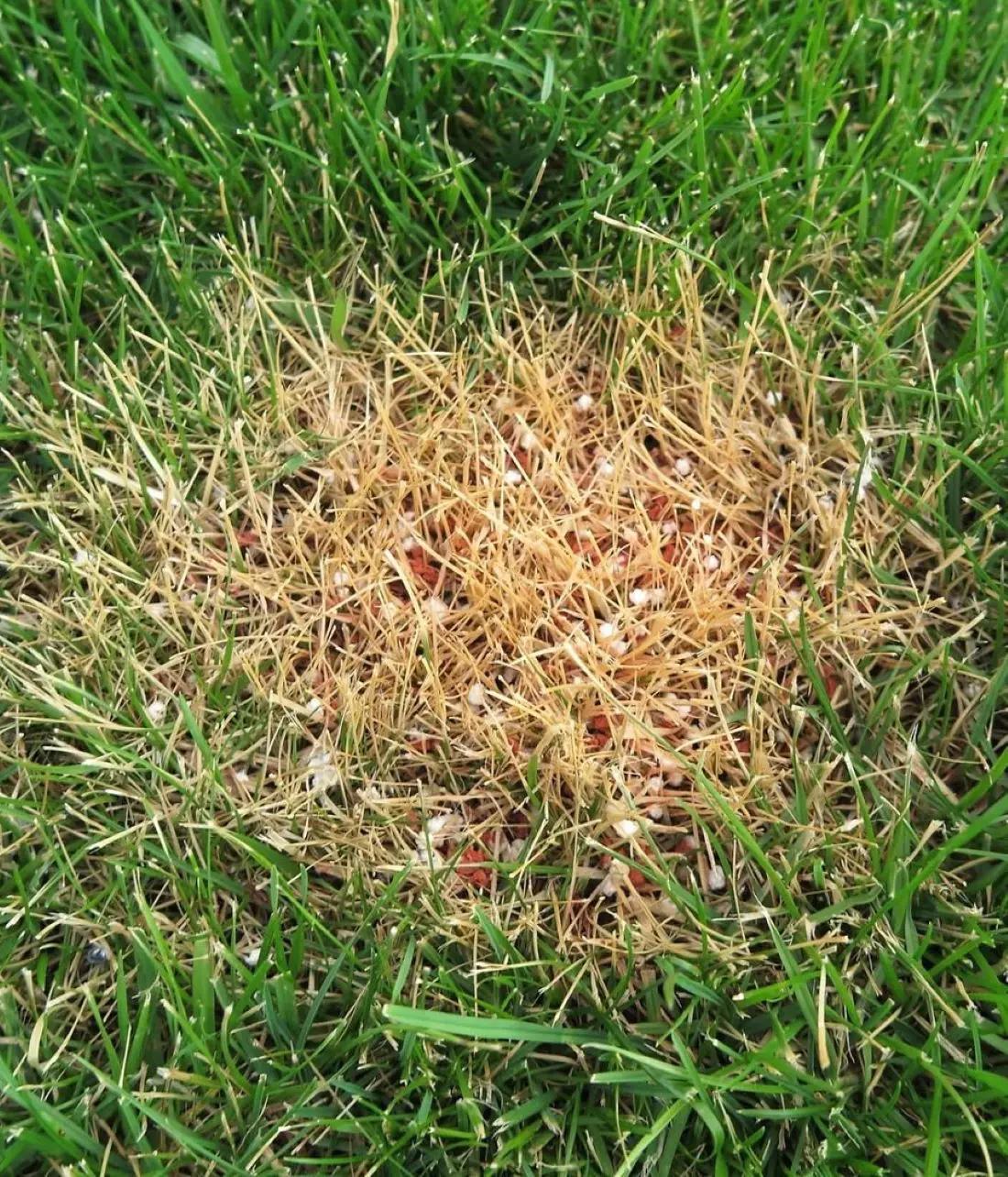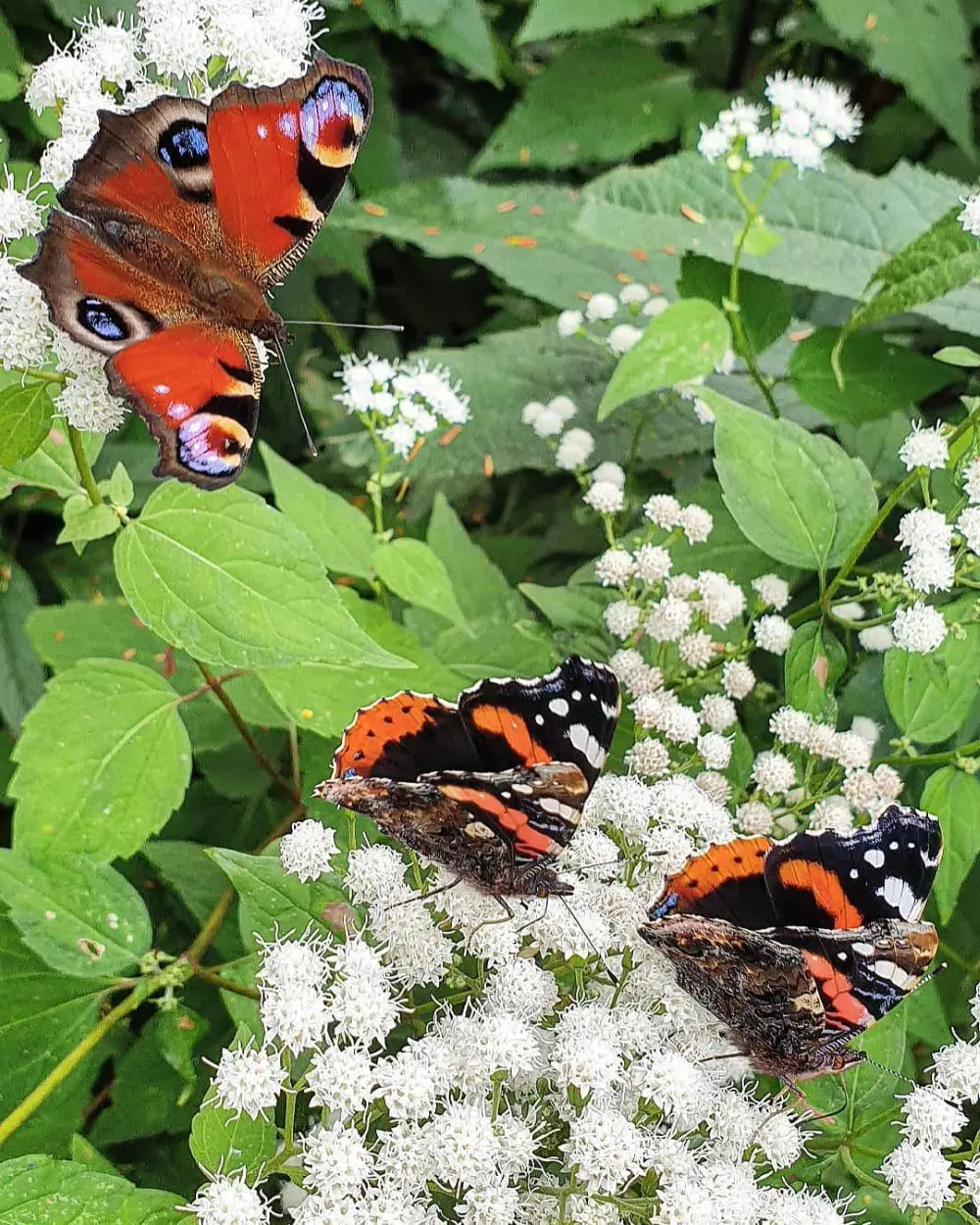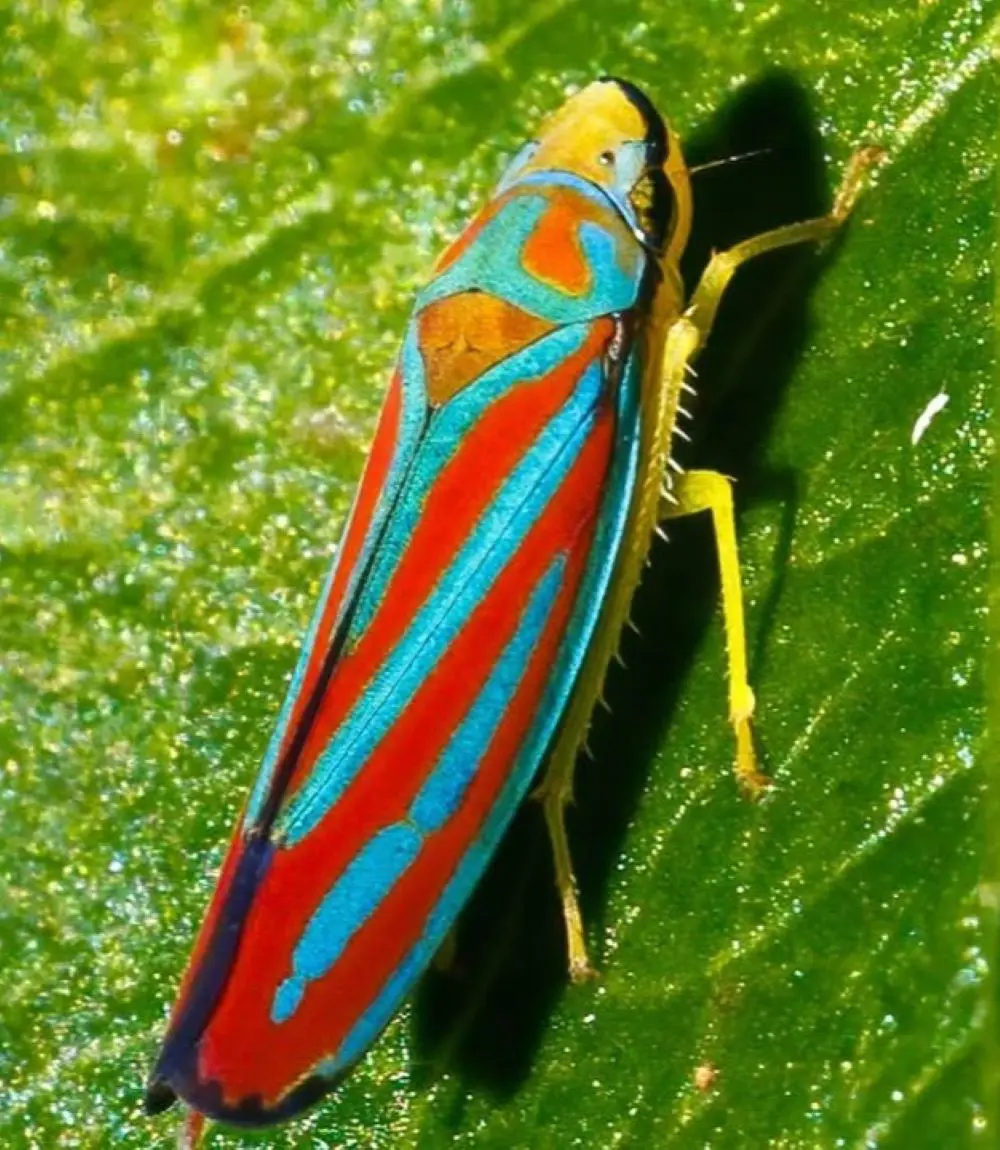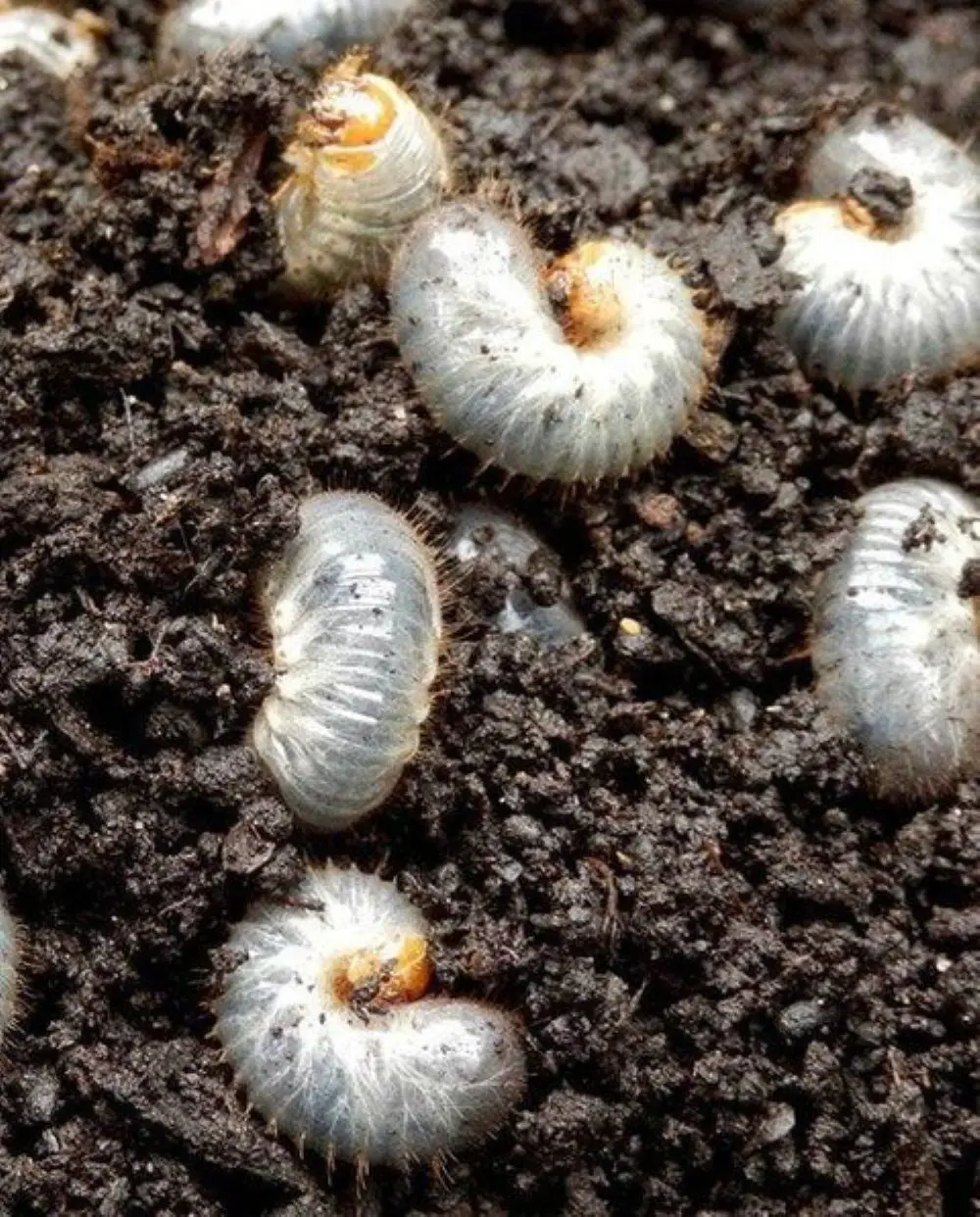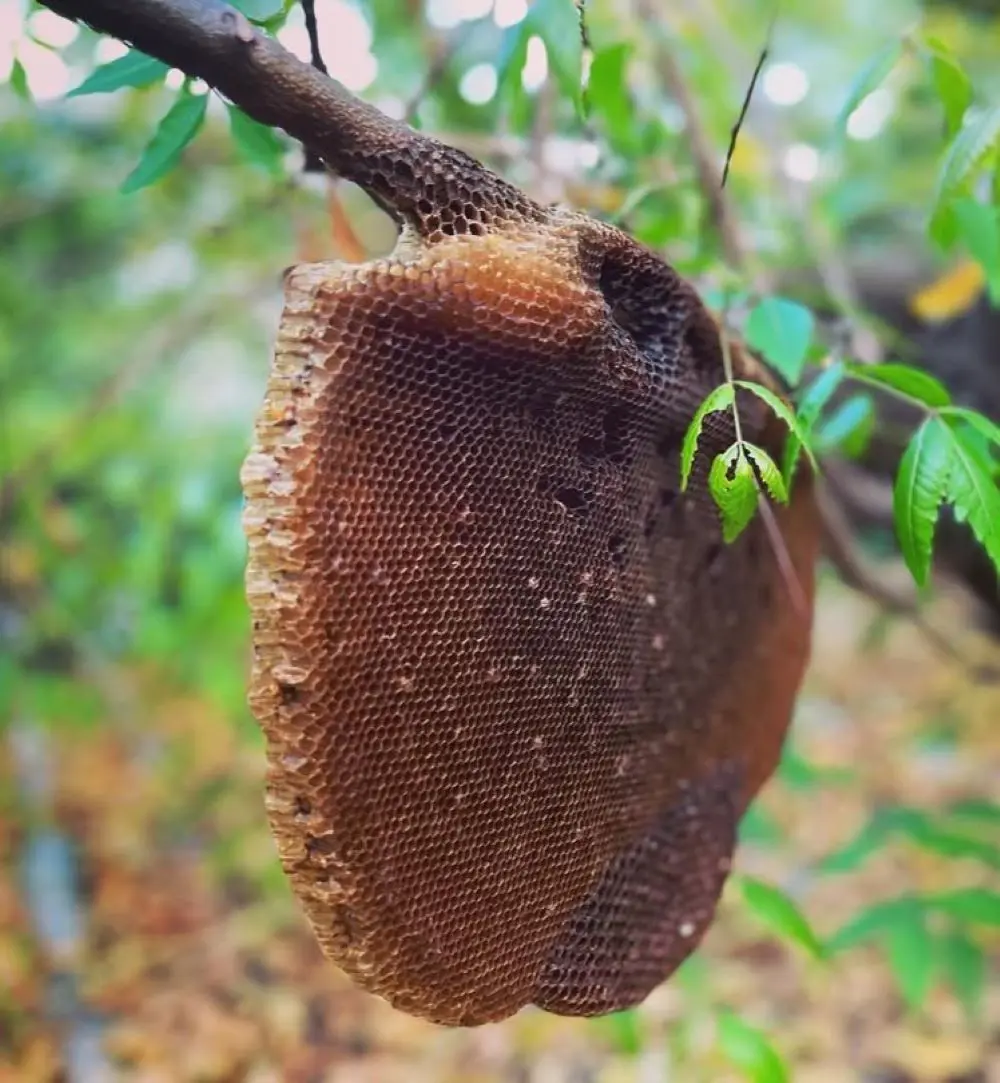1. Avoid Overwatering
Dealing with Japanese beetle damage in your garden can be rough. Therefore, prevention is better than cure. One way to prevent Japanese beetles is to avoid overwatering.
Overwatering can dampen the soil excessively, creating a conducive environment for the grubs to grow and thrive. They live close to the soil's surface and feed on grass roots. Therefore, you should water on when needed. Usually, young plants need deep watering regularly, but once established, they need much less.

